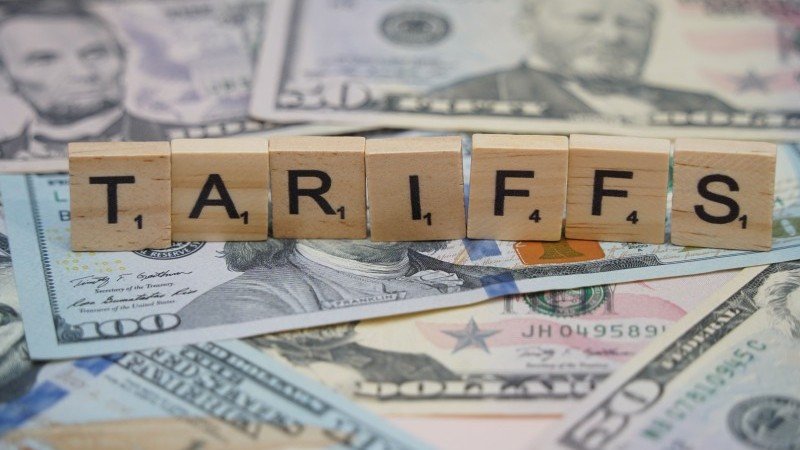The trade-weighted DXY has broken to a new low for the year as investors continue to fear what these new reciprocal tariffs mean for US confidence and activity. This uncertainty has been a key factor driving US equities lower this year and prompting both a dovish re-pricing of the Fed cycle and a weaker dollar. At the time of writing, S&P 500 June index futures are marked to decline around 3% – and this follows a 3% drop in benchmark equity indices across Asia.
Our colleagues have delivered their first views on the announced tariffs here, with an in-depth focus on the US here. An early take on the impact on rates and FX markets can also be found here. At the heart of the story is Donald Trump delivering on his promise to restructure the global trading system. His incentives are clearly laid out in his Executive Order. In reality, the outcome is about as bad as it could be. China tariffs are virtually now at 60%, EU tariffs are at 20% and there’s a baseline universal tariff of 10%. Given that these tariffs are being presented at ‘discounted rates’, there is also the potential for them to be increased in the event of retaliation. The jeopardy of a global trade war remains, and hence we’re seeing no relief rally in risk assets on the view that all the bad news is out the way and things are as bad as they can get.
Instead, a pair like CNH/JPY best characterises the mood in FX markets. Asian trading nations are being hit hard with tariffs since the bloc comprises around 60% of the US annual goods deficit. The offshore USD/CNH is sharply higher, although we expect authorities will continue to hold the line in the onshore USD/CNY. Expect an increased focus on the daily PBoC fixings in USD/CNY. Any near-term fixing over 7.20 would trigger another leg lower in Asian FX on the (in our view mistaken) fear that Chinese authorities might tolerate a weaker renminbi after all.
But away from Asia, the dollar is being sold against the big, liquid defensive currencies of the Japanese yen and Swiss franc and, to a lesser degree, the euro. Here, the blowback of US tariffs onto the US domestic economy leaves the dollar naked. US rates continue to be marked lower, and not until we get some surprisingly good news from the US on tax cuts or deregulation may the dollar start to find some support. Indeed, the dollar sell-off could prove a little problematic for Washington in that it had expectations that the dollar would rally on tariffs to provide insulation to the US consumer from higher import prices. And again, this is unlike 2017/18, where a major tax cut went through before tariffs were announced.
With pessimism growing about US domestic demand, expect investors to continue using short USD/JPY positions to express this view. 147.00 is pretty strong support, but heavy US equity losses today could drag it back to the 145 area.
For today’s session, look out for the weekly jobs initial claims data and then ISM Services. We should also be on the potential lookout for European retaliation in the services sector, since the US runs a large surplus with Europe in this area.
DXY has nearly retraced 75% of the Trump rally since October. Softer risk assets can drag it towards the 102.00 area today.
Chris Turner

